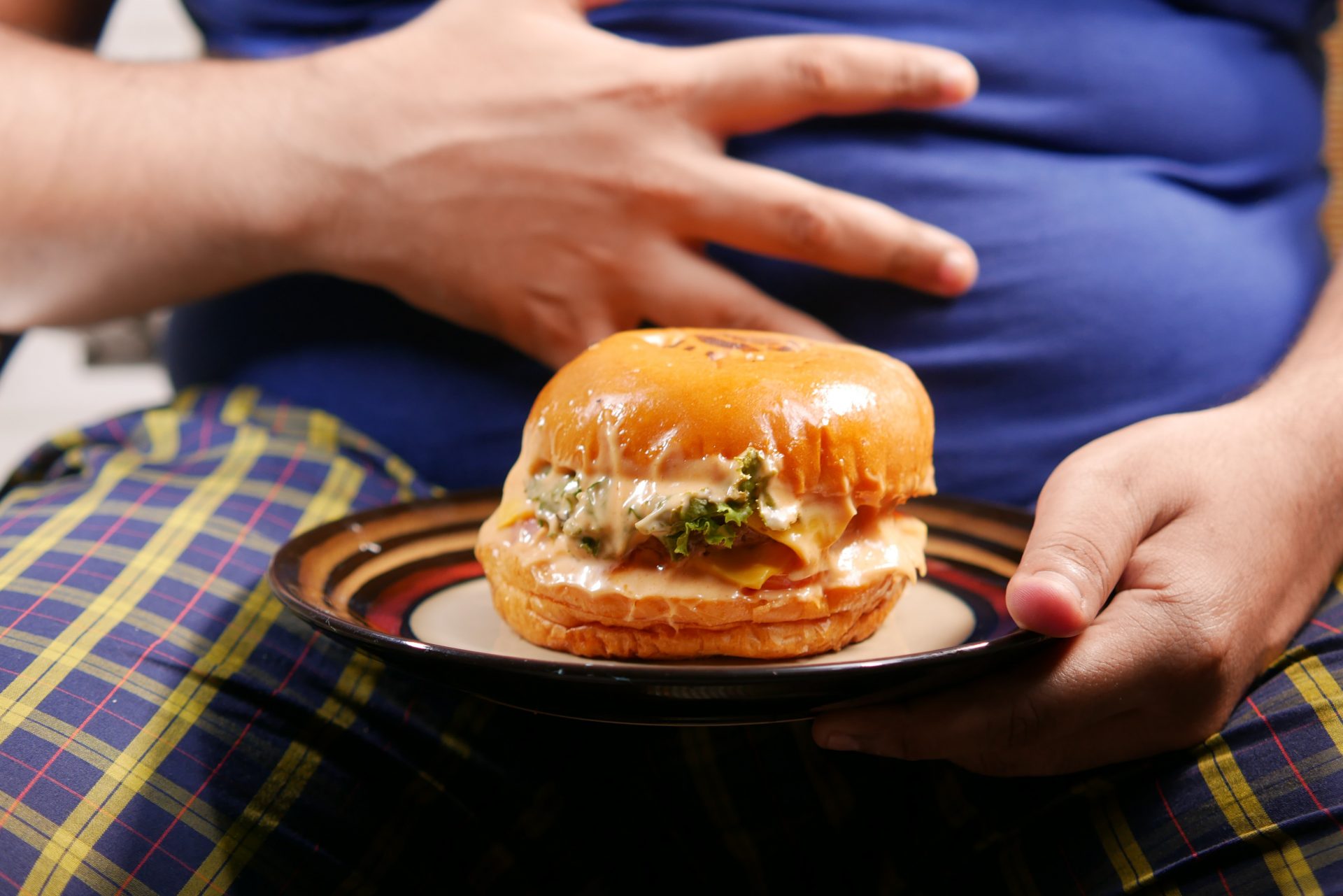Irritable Bowel Syndrome (IBS) and the Low FODMAP Diet
Irritable bowel syndrome (IBS) is a common condition that affects the digestive system. The exact cause of IBS is unknown and it is a diagnosis of medically unknown symptoms. These symptoms can vary from stomach cramps to bloating, diarrhea and constipation. These tend to come and go over time and can last for different periods. Unfortunately, there is no cure for IBS, however, lifestyle and diet changes together with medicine can often help to control symptoms and improve quality of life.
Regulate your Eating Patterns
There is no single diet or medicine that works for everyone with IBS. There is however a sequence of interventions that can be done to help you if you have been diagnosed with it. The first step would be to make sure that you have healthy eating and lifestyle patterns. This would include regular meal patterns, drinking plenty of caffeine-free, alcohol-free, non-fizzy fluids whilst encouraging exercise, relaxation, and coping strategies for the demands of everyday life. For people with suspected sensitivity to milk, a trial period of a low lactose diet can be recommended.
Seek Out Alternatives
If you are suffering from constipation despite following healthy eating patterns, a supplementation of ground linseeds can be recommended as second-line advice. Specific strains of probiotics can also be prescribed for a trial period since research has shown beneficial effects on treating IBS. Otherwise, a low FODMAP diet can be recommended. So what are these FODMAPs? FODMAP is an abbreviation for fermentable oligosaccharides, disaccharides, monosaccharides, and polyols. These are sugars, found naturally in many foods, which are not absorbed properly in the gut and therefore can trigger symptoms in people with IBS. Research shows that 3 in 4 people with IBS who follow a low FODMAP diet feel better.
Follow the FODMAP diet
Step 1
There are 3 important steps to the FODMAP diet. In the first step, you will need to swap out high FODMAP foods for low FODMAP alternatives to help reduce IBS symptoms. The key in this step is to swap foods rather than remove whole food groups so that you will still be getting all the nutrients you need. After following step 1 for 2-6 weeks and your symptoms are under control, you are ready to move to step 2 which is the FODMAP reintroduction step.
Step 2
During this stage, you will reintroduce each FODMAP back into your diet one by one to identify which FODMAPs you tolerate and which trigger symptoms. This step will take approximately 8-12 weeks and it is important to make sure that your diet is only as strict as it needs to be to control your symptoms.
Step 3
The final step of the FODMAP diet is personalization. In this step, you will work towards finding a balance between reintroducing better-tolerated FODMAP-rich foods you enjoy while avoiding or limiting the high FODMAP foods you do not tolerate. Remember that tolerance to FODMAPs can change over time, so if there are foods you did not tolerate initially, these can be tried again in a few months. A dietitian can help you throughout the FODMAP diet to work out which food triggers your symptoms, how to reintroduce foods, and tailor a diet to suit you whilst looking after all your nutritional needs.
Although IBS management might not seem like an easy feat, the right health care professionals will be able to guide you onto the right path. Remember that the ultimate end goal in your IBS journey is making sure that you are empowered enough to be able to self-manage your condition in the long term.
If you think that you can benefit from a consultation, you can reach out here.
Justine Parnis Ignjatovic is a dietitian at Willingness. She advises both adults and children on what to eat to lead a healthy lifestyle or achieve health-related goals. She has experience in managing a variety of conditions through nutrition in a holistic way.







